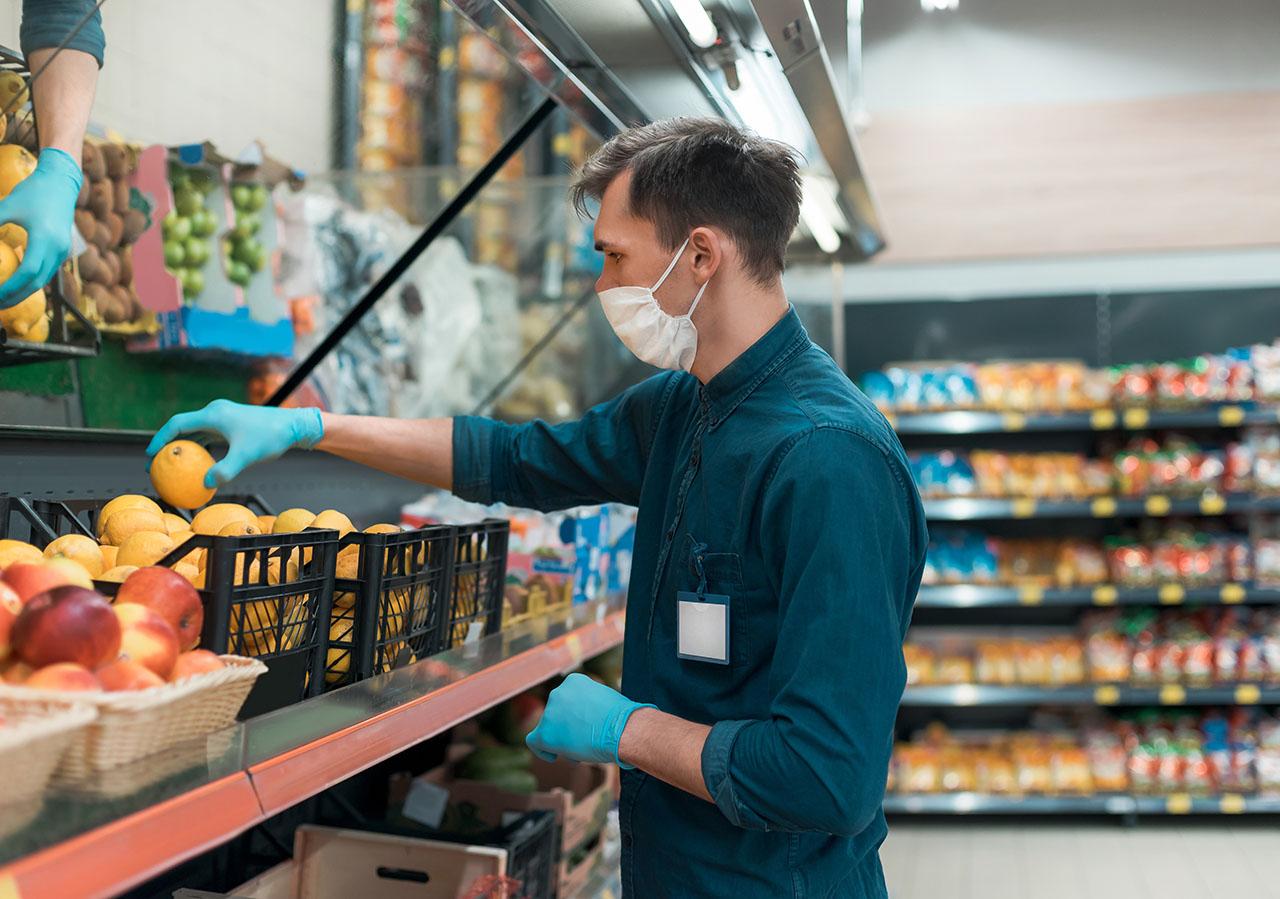How COVID-19 Changed Customer Experience Forever

Many of us may try to forget 2020 altogether, but the changes that COVID-19 brought to the world won’t disappear anytime soon. Customer experience (CX) practitioners the world over are reckoning with this challenge as they make sense of a new experience landscape. In order to fully understand the path forward, however, it’s important to take a look at what exactly happened in 2020 and how COVID changed customer experiences forever.
The Early Trends
As I discussed in my recent article on this subject, I saw a number of trends in the CX world really take off at the beginning of the pandemic. Some of these trends were already on the rise before the Coronavirus arrived, but this crisis has expedited their trajectory. This is most true of contactless payments. Digitisation had already made these the norm for many businesses and industries, but as I’m sure you can imagine, customers on high alert for virus-contaminated surfaces have propelled it to new heights.
Relatedly, many major brands introduced initiatives that further reduce physical contact between customers and frontline employees. These initiatives were already linked to increased digitisation in many respects, but social distancing and other health guidelines have really thrust them into focus. As a result, this trend of brands keeping customers and employees separate wherever possible has been humming along these last 9-10 months—and isn’t ending anytime soon.
The Homebody Economy
Quarantine and social distancing have changed customer life in ways beyond shopping. Though it probably comes as no surprise, the amount of people who commute via train here in the United Kingdom has dwindled to a tiny fraction of pre-2020 numbers. A COVID-19 vaccine is gradually being made available in this country, yes, but commuter trends aren’t likely to return to any sort of “normal” in the near future.
Closer to home, we’re seeing what I call “the homebody economy” maintain its grip on quarantined customers all over the globe. It used to be that work, personal activities, and other endeavors were clearly distinct from one another, but as the months at home have dragged on, all of these pursuits have mixed together. Additionally, we’ve seen the development of a “time soup” made of shifting shopping habits—customers are now much more likely to make purchases during the week than risk crowds on the weekend.
The Next Step
All of these strengthening and emerging trends—from increasing contactless payments to the homebody economy—have already had a profound effect on the customer experience paradigm. They present new, unanticipated challenges for CX teams and practitioners, especially as demand for some products and services across industries has fallen due to economic hardship.
The question, then, is how exactly can brands respond to these challenges, especially since they’re not going away anytime soon?
Click here to learn more about my take on this subject, the obstacles brands face in the age of COVID, and how they might find success for themselves and their customers as we transition to 2021.




